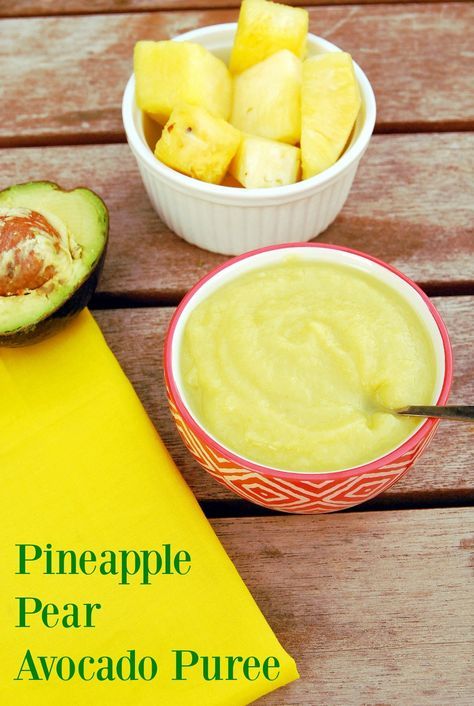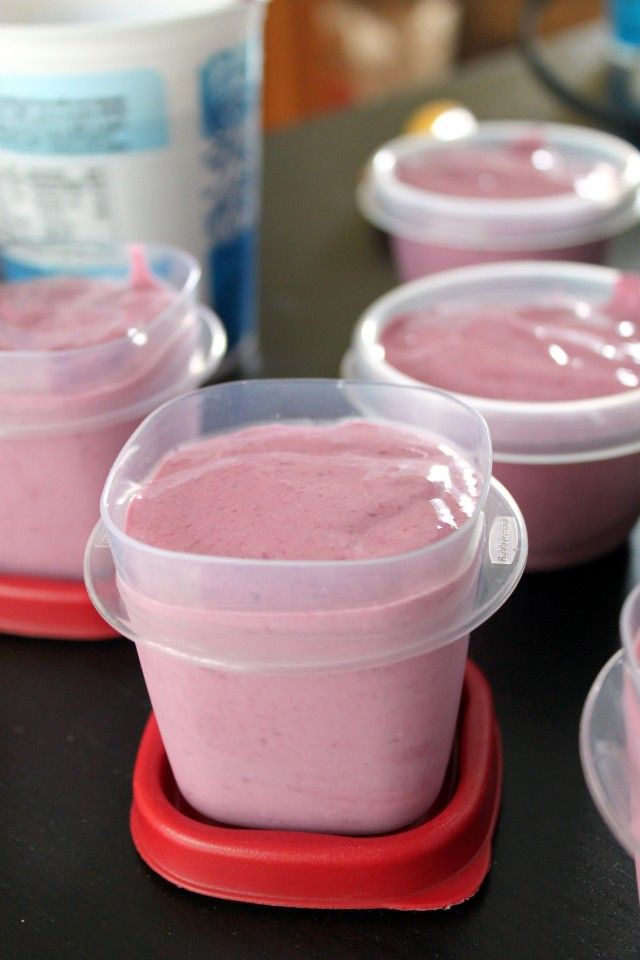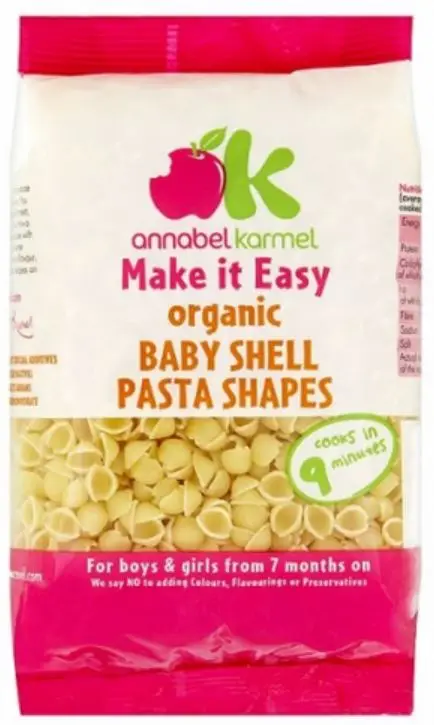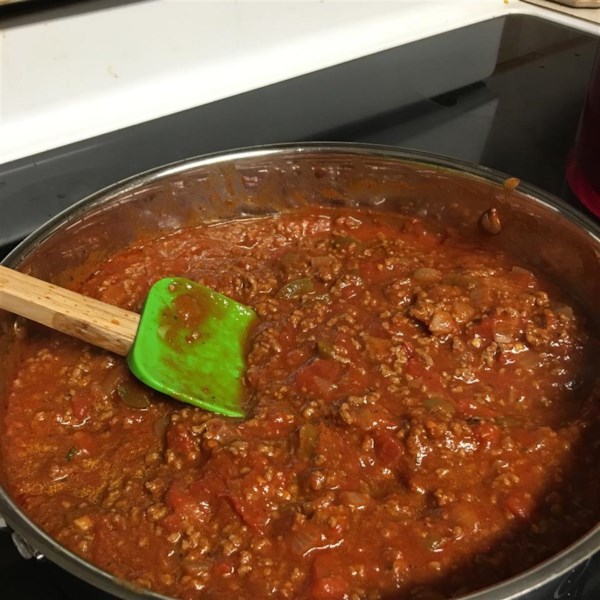Can you make baby food with frozen vegetables
Homemade Baby Food Fruits and Vegetables FAQ page. Learn about preparing fruits and vegetables for homemade baby food, find answers to common questions about Preparing, Storing and Making Homemade Baby Food from Fruit and Vegetables
1. Why do you have recipes to cook fruit?
Can I give my baby raw fruits? Many pediatric sources recommend cooking fruits until baby is about 8 months old. Bananas and avocado are an exception. For infants who start solids prior to 6 months old, cooking fruits is recommended. Cooking fruits breaks them down thus enabling easier digestion in an immature tummy.An older baby will be better able to handle the fibers and sugars of raw fruits than will the baby who is younger and just starting on solids.The “skins” of the fruits should always be peeled, especially prior to 8 months old. Infants who are fed fruits that have been pureed raw, with skin/peel on, may not have any issues with digesting those fruits. There are no immediate life threatening health risk to a baby fed raw fruits however, you may find baby has some digestion and tummy troubles. This should pass once the fruit itself has been passed.Depending on the doctor to whom you are speaking, this recommendation may vary with age. Some doctors may say cooking fruits is not necessary at all.
NOTE: Peeled raw & ripe fruits are perfectly fine in a baby safe feeder. Why? The amount of fruit that your baby will actually manage to eat from the Baby Safe Feeder is very small. There is a difference between spoon feeding a baby fruit and allowing a baby to suck on fruit from the Feeder.
2. Peeling Fruits & Veggies – Do I peel fruits & veggies for homemade baby food?
Please visit our Peeling Fruits & Veggies page to learn more
3. Fresh Frozen or Canned vegetables and fruits for baby food?
It is always best to use Fresh whenever possible and whenever fresh is truly fresh. Using Frozen foods is the second best choice. Caveat: read the labels as many frozen vegetables contain added salt and frozen fruits may contain syrups.
Why Not Canned Fruits and Vegetables for use in Homemade Baby Food Recipes? Canned vegetables and fruits for making homemade baby foods are not recommended for several reasons. Please read our Using Canned Food for Homemade Baby Food article to learn more.
4. Can I use Frozen Vegetables or Frozen Fruits in Homemade Baby Food Puree Form?
Yes – You can use frozen fruits and vegetables to make your homemade baby food recipes. Frozen fruits and vegetables for making homemade baby food may be a better alternative than fresh. Frozen fruits and veggies may be more fresh than fresh. Many sources and food authorities say that oftentimes frozen foods are more “fresh” than fresh. Were you to have the choice between a soft, bruised and less than Fresh acorn squash versus frozen squash to make homemade baby food, the choice for many people would be to purchase the Frozen squash.
Further, many fruits and vegetables that are seasonal may be unavailable as fresh and using their frozen counterparts is acceptable.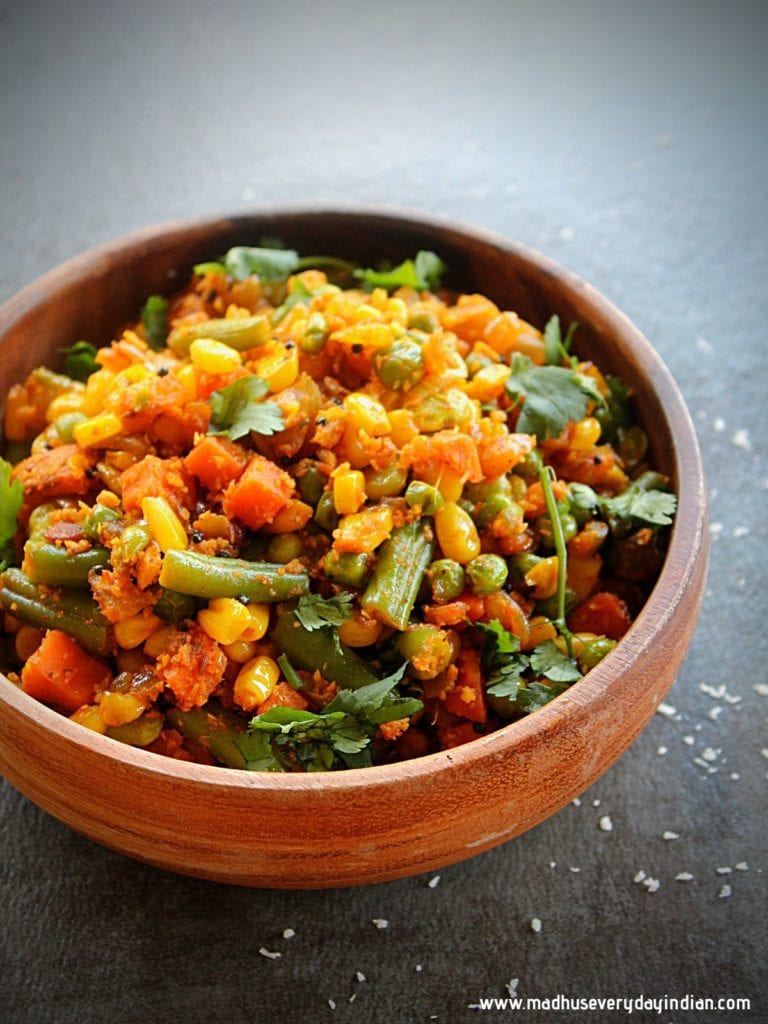 There is some debate about using Frozen foods to make baby food. There are a few books that do not recommend using frozen foods and then re-freezing those veggies or fruits. The recommendation in those books advocate that only 100% fresh foods be used for homemade baby foods.
There is some debate about using Frozen foods to make baby food. There are a few books that do not recommend using frozen foods and then re-freezing those veggies or fruits. The recommendation in those books advocate that only 100% fresh foods be used for homemade baby foods.
Oftentimes, those same books will recommend that only Organic foods should be used and that anything other than Organic and Fresh isn’t good and should be avoided entirely. This is untrue and sadly, often scares parents away from making their own baby food.
In a “perfect” situation, Organic and Fresh this is the BEST choice by far. However, there are many parents who do not and will not have economical or logistical access to only fresh fruits and vegetables (or Organic, locally farmed meats) than there are parents who do. In this instance, using frozen is far better than using canned.
5. Choosing Frozen Vegetables and Frozen Fruits for Homemade Baby Food
When choosing frozen veggies, look for those that contain no salt.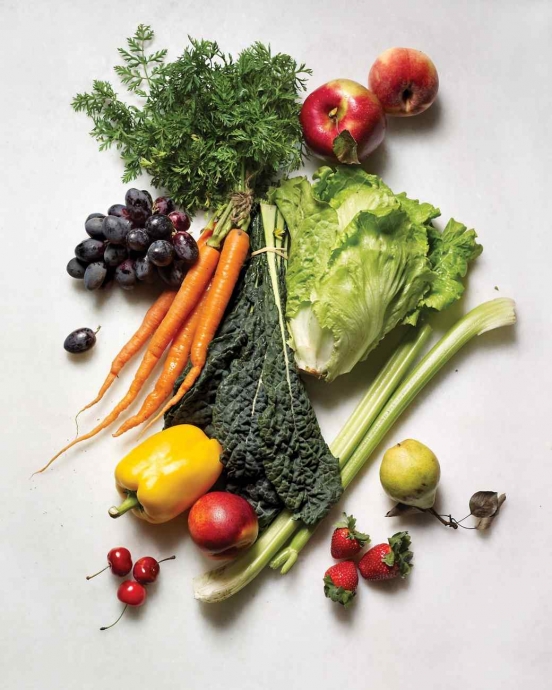 If you cannot find any veggies that are salt-free, simply give the veggies a good rinsing prior to cooking them. When choosing frozen fruits, try to find those that are not frozen in syrups or other sugars.
If you cannot find any veggies that are salt-free, simply give the veggies a good rinsing prior to cooking them. When choosing frozen fruits, try to find those that are not frozen in syrups or other sugars.
There many fruits such as peaches, melons, avocado, blueberries and strawberries that are frozen “au natural” with citric or ascorbic acid being a possible additive. Frozen fruits should be cooked prior to pureeing and then freezing. You may wither steam or bake the fruits. If your baby is old enough to be served fruits that do not need to be cooked, take out the appropriate amount of fruits from the freezer bag, puree or mash and then store in the fridge for up to 72 hours.
ALWAYS ensure that you are not feeding baby directly from the bowl and then storing the bowl you fed from back in the fridge – take out the portion you will feed, put it into baby’s bowl and then put the bowl of food back into the fridge.
More about using Frozen Vegetables and Frozen Fruits for Homemade Baby Food
Do I cook the frozen fruits and veggies?
Frozen veggies/fruits are typically NOT cooked prior to freezing and packaging; hence why you have to cook and not just warm them.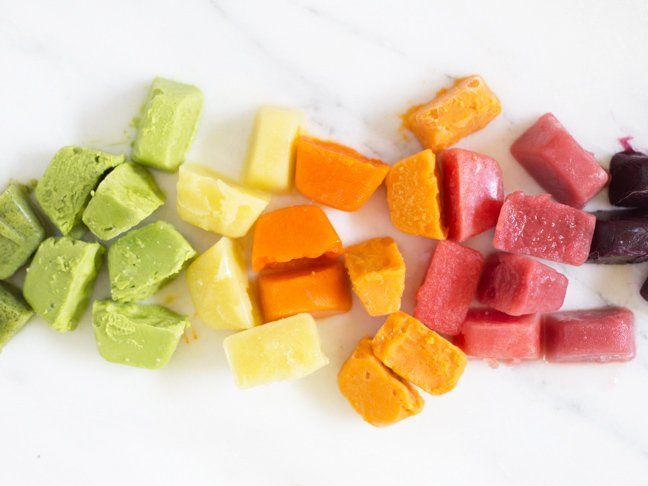 When you freeze purees that you have made from frozen veggies or fruits, you have cooked those veggies/fruits. Odds are that prior to freezing, those same foods have been picked at the peak of freshness and “flash” frozen for optimal taste and nutrient preservation.
When you freeze purees that you have made from frozen veggies or fruits, you have cooked those veggies/fruits. Odds are that prior to freezing, those same foods have been picked at the peak of freshness and “flash” frozen for optimal taste and nutrient preservation.
It’s safe to freeze foods that have been frozen AND cooked
Refreezing foods that have been thawed but not cooked, is not safe nor is it recommended.
For example, if you thaw out a roast, you then cook it and freeze the leftovers for another meal – this is ok and safe. If you were to thaw that same roast and then change your mind and toss it back in the freezer without cooking it, this is bad and could pose a health risk.
Bacteria will grow at a variety of different temperatures – temps close to freezing and even right to the boiling point of water. Bacteria that grow best at the middle of these temp ranges are mesophiles; those that are human pathogens and opportunists.
Is there a loss of nutrients with freezing?
Truth is, more nutrients are lost in the cooking of foods than are lost in the freezing of foods.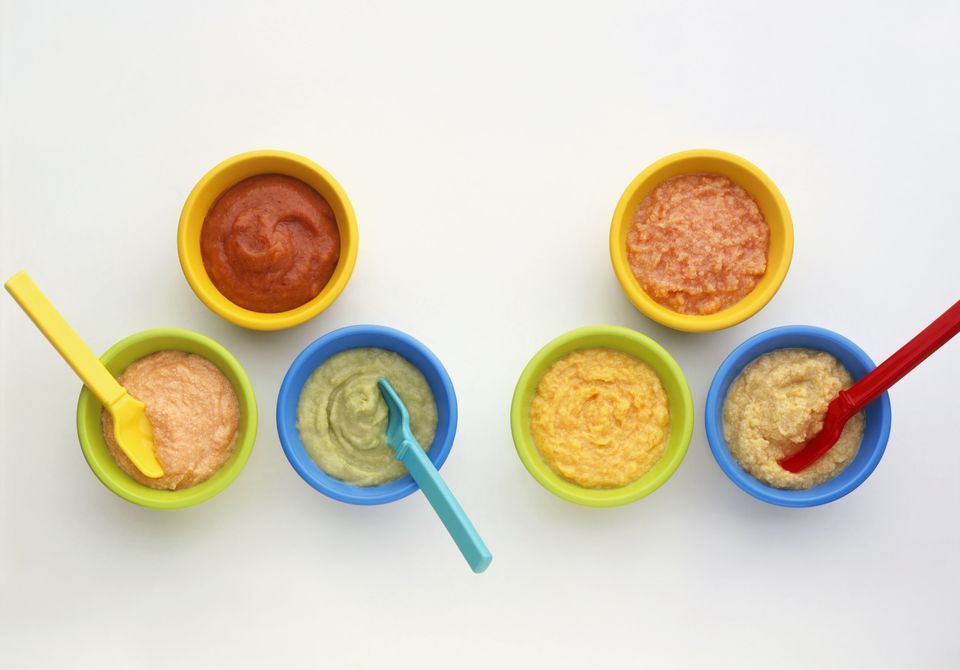 Remember, the frozen fruits/veggies that you purchase have not been precooked (unless otherwise indicated on the label – do not buy these types if you find them). When you cook the frozen vegetable, it is the first time that that vegetable has been cooked.
Remember, the frozen fruits/veggies that you purchase have not been precooked (unless otherwise indicated on the label – do not buy these types if you find them). When you cook the frozen vegetable, it is the first time that that vegetable has been cooked.
Read more at our Freezing Homemade Baby Food Page
6. Should I Only Use Organic Foods?
Organic foods are healthier than most conventionally grown foods. This is due to the lack of, or a significant reduction in, chemicals and pesticides that are in and on foods that are grown organically. Buying and preparing Organic foods for homemade baby food has great health advantages for those infants. Their tiny bodies are not exposed to the levels of pesticides that are found in conventional foods.Pound for pound, an infant consumes more pesticides due to body size. When serving “nitrate” vegetables, the levels of nitrates in Organics are significantly reduced though not 100 percent eradicated (Nitrates are naturally occurring and farming without using nitrogen fertilizers does not eliminate nitrate concentration).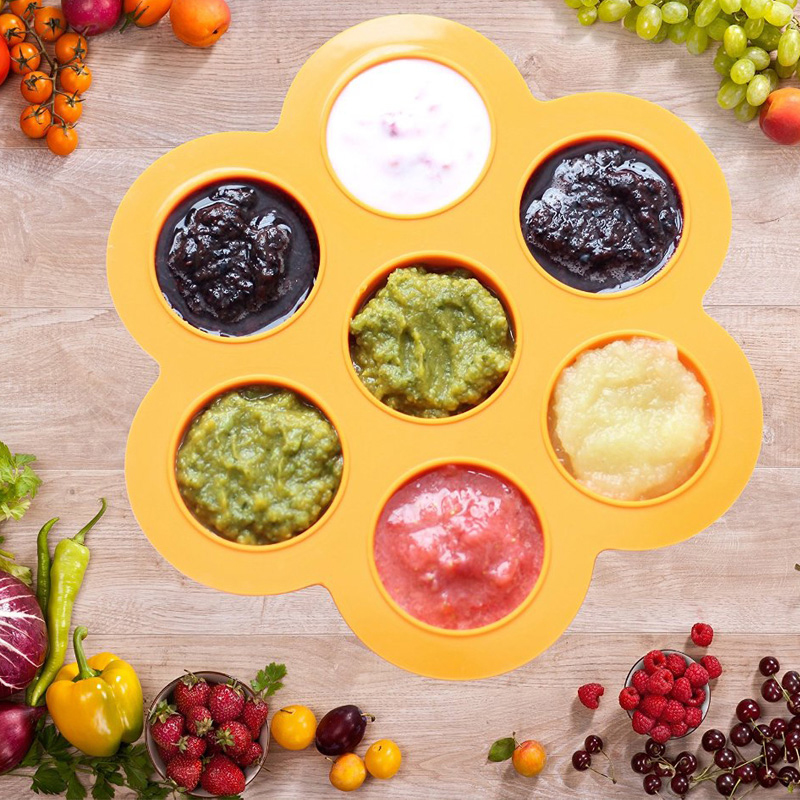
Read More about Choosing Organics
7. How Long Can I Keep Fruit & Vegetable Baby Food Purees in the Refrigerator?
It is recommended that fresh pureed homemade baby food be stored no longer than 48 hours (many food safety authorities say that 72 hour is fine.) in the refrigerator. This limit ensures that bacteria growth in the puree is kept to a minimum and that the food does not take on the “taste of the fridge”. This “rule” applies for veggies, fruits, meats etc.
If you do not plan to freeze your homemade baby food, we would suggest that you make the puree on a day to day, or every other day, basis. For example, one sweet potato may be baked and then you may freeze one half without pureeing it and then puree the other half. This method will help cut down “waste” and also allow for food safety.
8. Breast Milk and Formula for Making Fruit & Vegetable Purees
You should not use Previously Frozen Breast Milk to thin purées that you will then be freezing into baby food cubes.
Breast Milk should never be re-frozen in any way or form. Using formula to thin and then freeze purées is acceptable.
Formula companies warn that you do not freeze Infant Formula due to a separation of the formula and not due to any health or nutritional risks. Keep in mind that the amount of formula used in purées is not equal to feeding an infant a bottle of formula.
“Freezing of any Enfamil formula is NOT recommended. Freezing infant formula can lead to physical property changes like fat separation, which may prove difficult for sensitive infants to digest. Freezing will not extend the expiration date of the formula.” “Freezing of our products may cause loss of desirable appearance and functionality (though not nutrition), and is not recommended.” Clinical Frequently Asked Questions, Storing Enfamil
You may wish to mash or puree your baby foods and freeze without thinning with any liquid. Should you decide to do this, you simply thaw the “un-thinned” food cubes and then thin the food cubes to the desired texture that your infant requires.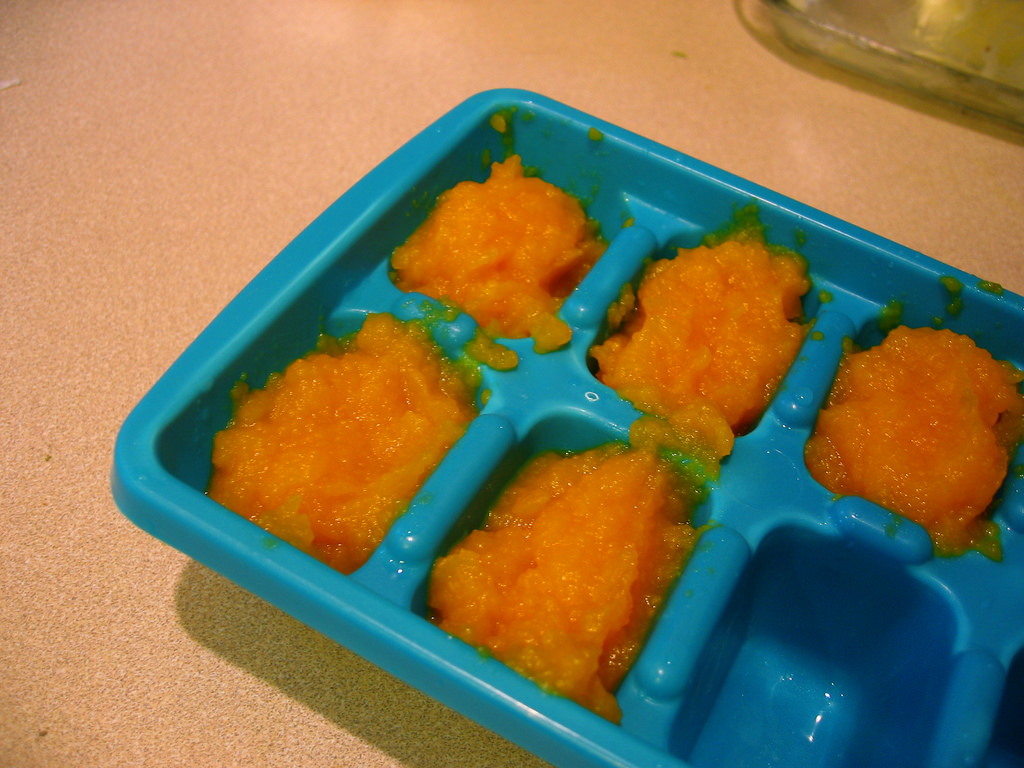
For more information, visit our Blog topic on using Formula in Baby Food Recipes
9. Best Cooking Methods for Fruit & Vegetable Purees
Baking, steaming or boiling in scant amounts of water is the best way to allow the vegetables to become soft while maintaining the nutrients. Use the leftover water to puree for optimal nutrient preservation. We prefer to bake fruits and veggies whenever possible as baking or roasting will enhance and bring out the flavor of the foods.
Be sure to cook frozen veggies as well, according to the package instructions and then puree as you would if you were using fresh veggies. When cooking vegetables that may contain nitrates, you might want to puree with water other than which the spinach/carrot/broccoli etc. was cooked in.
10. When do I Thin the Fruit & Vegetable Puree?
You may thin your purees either before or after freezing them. It really is an individual choice and is dependant on what you will be using as your liquid (previously frozen breast milk for example should never be re-frozen.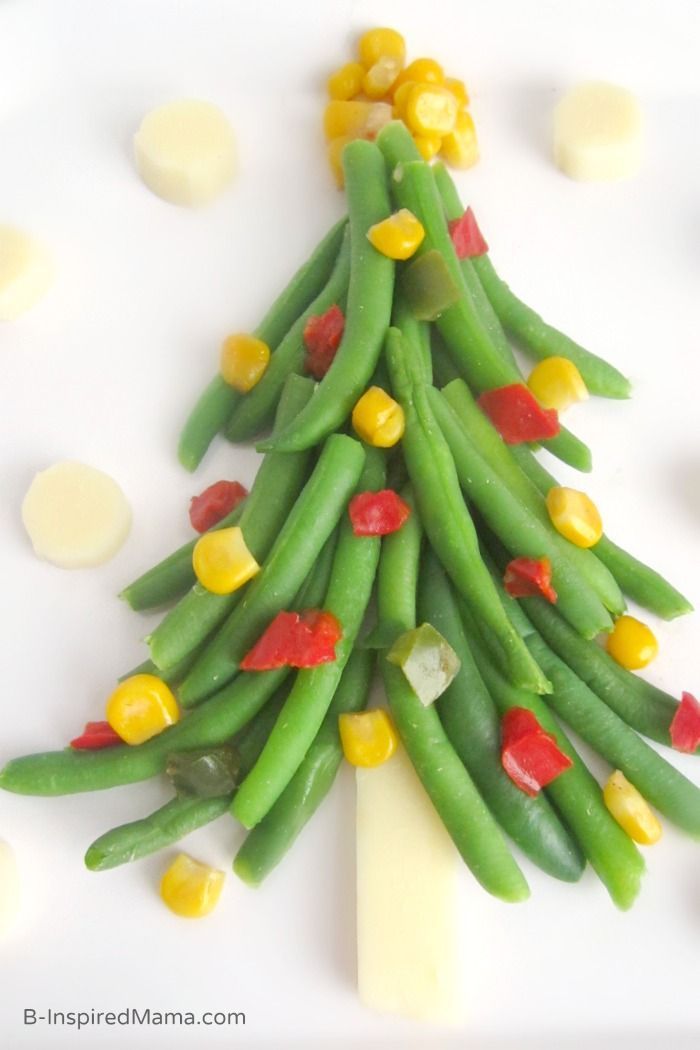 ), many parents find it easier to thin their purees and then freeze. When baby moves on to more texture, it may be easier to simply freeze the purees and then thin upon thawing if needed.
), many parents find it easier to thin their purees and then freeze. When baby moves on to more texture, it may be easier to simply freeze the purees and then thin upon thawing if needed.
Read about Thinning and Thickening Homemade Baby Food
RELATED ARTICLES:
-
Transitioning to Sippy Cups between ages 6 months to 12 months.
-
Solid Food Stages & Feeding First SolidsMonth Range of Feeding Stages & Tips for Feeding First Solid Foods.
-
Introducing Solid Foods by Age Chart for information about what food to avoid and what foods are appropriate for certain ages.
-
How Much Food Should Your Baby Eat? Read our article and ease your mind.
-
Is My Baby Ready for Solids? Explore some key signs and points about the readiness for solid, complementary feedings.

Remember, always consult with your pediatrician regarding introducing solid foods to your baby and specifically discuss any foods that may pose allergy risks for your baby.
SHARE ON FACEBOOK SHARE ON PINTEREST
Puree and Simple: Make Your Own Baby Food
“You make your own baby food?” a puzzled mom asks me.
“Yes, it’s no big deal,” I say.
“But aren’t you busy?”
Busy? Yes! I have two jobs and a baby . . . and I still have time to make baby food! It’s not that hard.
Most of the moms I’ve met seem to think there’s some kind of mystique to those little glass jars. But I make my own baby food, and here’s my secret: It’s cheap, quick and easy. Anyone with a stove, a blender and a freezer can do it.
Homemade vs. jarred“People never think of [making baby food],” says Edmonds physician Ann Begert. “It’s healthier; you can use better stuff, and it tastes better.” That’s because commercial processing takes the flavor out of baby food, Begert says. “Have you ever tasted it? It doesn’t taste good. I don’t know how babies eat it.”
“Have you ever tasted it? It doesn’t taste good. I don’t know how babies eat it.”
Feeding guidelines for homemade baby food are the same as for jarred, says Begert. “I tell people to start with rice cereal, but then they can use fruits and vegetables.” Begert suggests parents feed babies green vegetables so they develop a taste for them. For picky eaters, lean toward sweeter foods, which kids tend to like more readily.
Do you need to go organic? Not necessarily, according to Begert. Organic produce costs more, and may not be necessary. “We don’t have good data about what bad things are in [nonorganic] food,” Begert says. “Organic is preferential if you can afford it, but it’s not the end of the world if you can’t.” The rule of thumb for choosing conventionally farmed produce over organic starts with considering the thickness and edibility of the skin. In general, it’s best to buy organic thin-skinned or edible-skinned produce. Thick-skinned produce doesn’t tend to absorb as many chemicals into the edible part of the fruit.
To make baby food, start with fresh or frozen vegetables. Frozen organic veggies are cheaper and easier to use than fresh, and they retain most of their nutrients in the freezing process, according to the Department of Agriculture. Plus, they don’t require much cooking because they’re already fairly soft. Fresh vegetables typically have more nutrients, but require a little more work (washing, chopping, etc.).
To begin, prep fresh vegetables for cooking or open a package of frozen veggies. Steam vegetables in a steam basket or microwave in an inch of water, covered with a wet paper towel until soft. Once they’re cooked, drain them; pop them in the blender or food processor and purée. If you use a blender, you may need to add a little water to make a smoother purée. Voila! Ready to eat.
Here’s a nifty trick for preserving leftovers: Pour them into an ice cube tray and freeze, then pop out the cubes and store in a freezer bag. Each cube makes a nice little serving.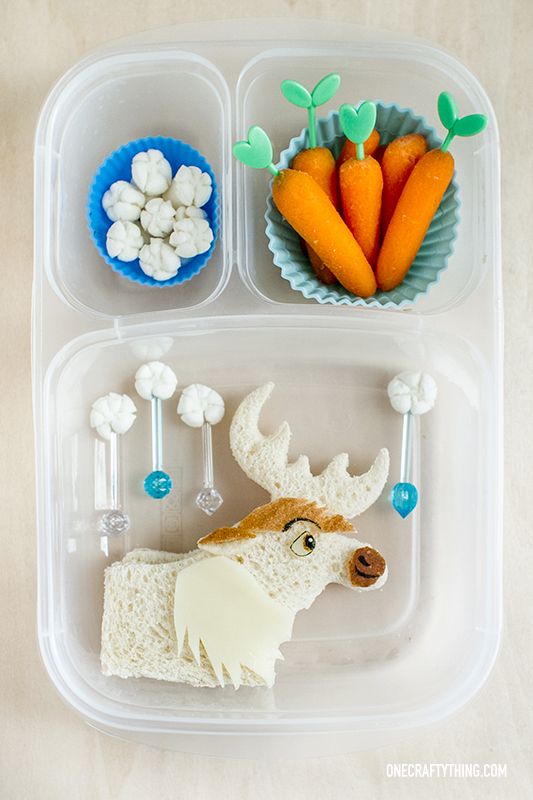
As you introduce a new food, offer it for all meals, for three or four days in a row, Dr. Begert advises. That way, if your child has an allergic reaction to a food — signs include a rash, diarrhea and fussiness — you’ll be able to easily tell which food it is.
The most common food allergens are strawberries, nuts, eggs and milk, says Begert. “That’s why we don’t feed them to kids until they’re a year old.” Allergies are also the reason doctors don’t recommend feeding solids to babies younger than 6 months. And parents with family histories of food allergies should be more prudent. “If you have a severe nut allergy in the family, don’t test it at home,” Begert says. Doctors are more than willing to test children at risk for severe allergies in the examination room.
As baby grows, you can skip the blender and cut cooked vegetables or fruit into small pieces as needed. Pieces should be smaller than half of a peanut, says Begert, to avoid choking.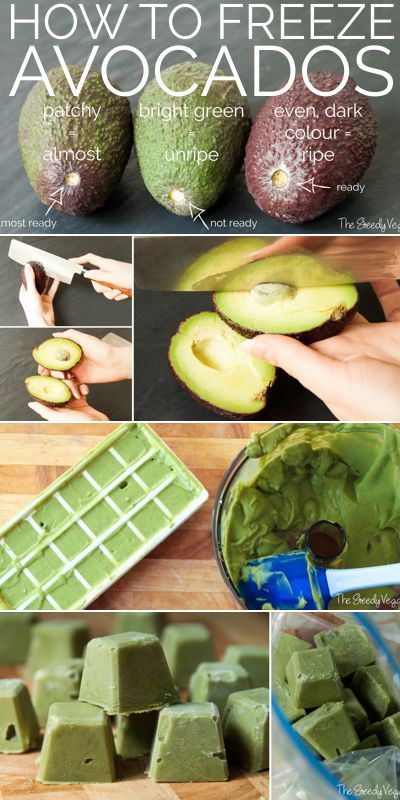
Maria Bellos Fisher is a freelance writer, blogger and baby food chef. Find her blog, Hereditary Insanity, at mariabellosfisher.com/blog.
Sweet treats
Sweet potatoes and butternut squash can be sweet treats for baby. Squash can be steamed, but roasting it in the oven will concentrate the sugars. For butternut squash, halve the squash, scoop out seeds, lay skin side up on a greased cookie sheet and bake for one hour. Squash is done when a fork pierces skin and flesh easily. Remove skin and purée.
For sweet potatoes, pierce skin several times and bake on a pan at 350 degrees for one hour (or less for smaller potatoes). They’re ready when they feel soft and the skin separates easily from the flesh. Remove skin and purée.
More tips on making homemade baby food.
Smart mom cooks from frozen vegetables | Motherhood
It is no secret that motherhood helps a woman discover new talents and opportunities within herself.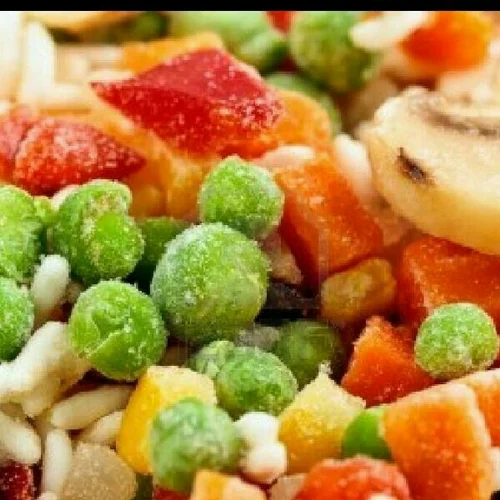 Many mothers on maternity leave begin to engage in creativity, bake cakes, master Photoshop or learn foreign languages. Some go even further and completely change their profession. But first of all, becoming a mother, a woman gradually becomes an expert in the field of baby food and child care.
Many mothers on maternity leave begin to engage in creativity, bake cakes, master Photoshop or learn foreign languages. Some go even further and completely change their profession. But first of all, becoming a mother, a woman gradually becomes an expert in the field of baby food and child care.
Today, the mother-entrepreneur from the Chelyabinsk region Alexandra Galliamova will be the interlocutor of the Motherhood portal. Six months ago, she opened the production of a completely new baby food product, which has no analogues either in Russia or abroad. The Smart Mom company, founded by Alexandra, produces ready-made sets of frozen vegetables and berries, designed specifically for children.
- Alexandra, please tell us how the idea of this business came about?
It's very simple. When my daughter was 6 months old, I was faced with the question of healthy complementary foods. I wanted my daughter to eat wholesome and natural foods.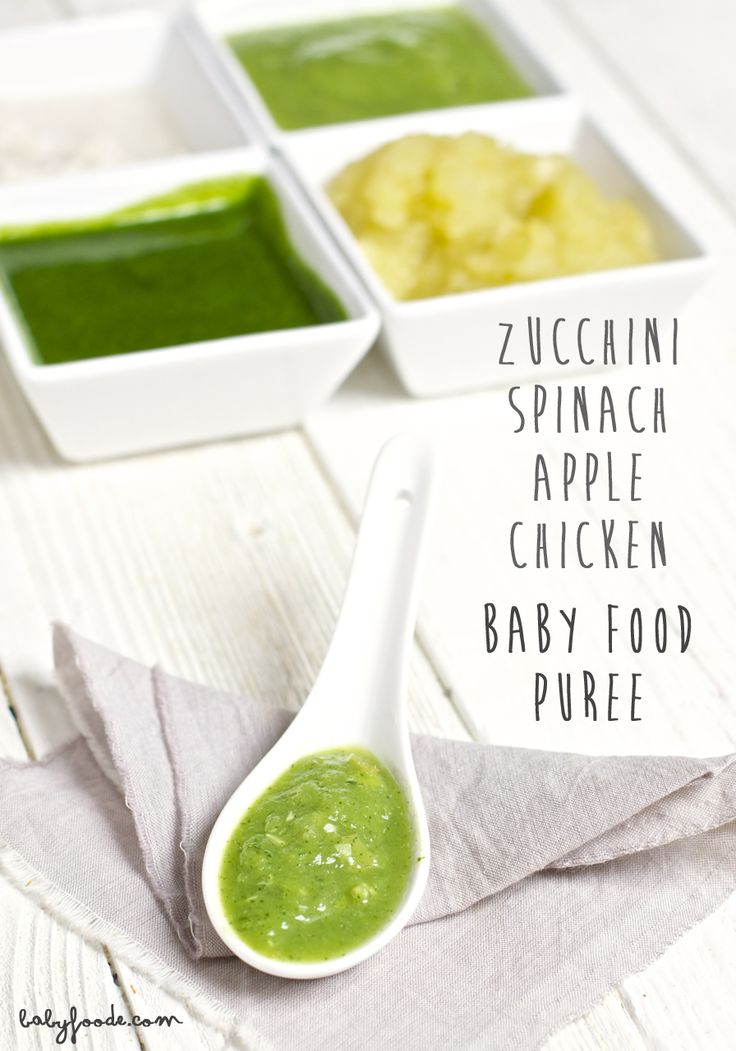 Like many mothers, at that time I did not have confidence in the manufacturers of canned baby food, I wanted to feed my daughter with freshly prepared foods, as they are healthier than heated ones.
Like many mothers, at that time I did not have confidence in the manufacturers of canned baby food, I wanted to feed my daughter with freshly prepared foods, as they are healthier than heated ones.
It was then that I came up with the idea of harvesting frozen vegetables and berries, so that I could later use them to prepare healthy complementary foods. I cleaned, cut and frozen vegetables from my own garden. My freezer was full of pumpkin, broccoli, zucchini, cauliflower and other vegetables.
And when it came time to feed my daughter, I just took a handful of frozen vegetables from the freezer and boiled them in a double boiler or in a saucepan. For me, it was easy and simple, and my daughter enjoyed my culinary masterpieces. She had no allergies, no tummy problems. I heard a lot of positive feedback on the forums, other moms praised me for a great idea.
And when my supplies ran out, I started looking for frozen vegetables that would be suitable for making baby food, but I couldn't find them on store shelves.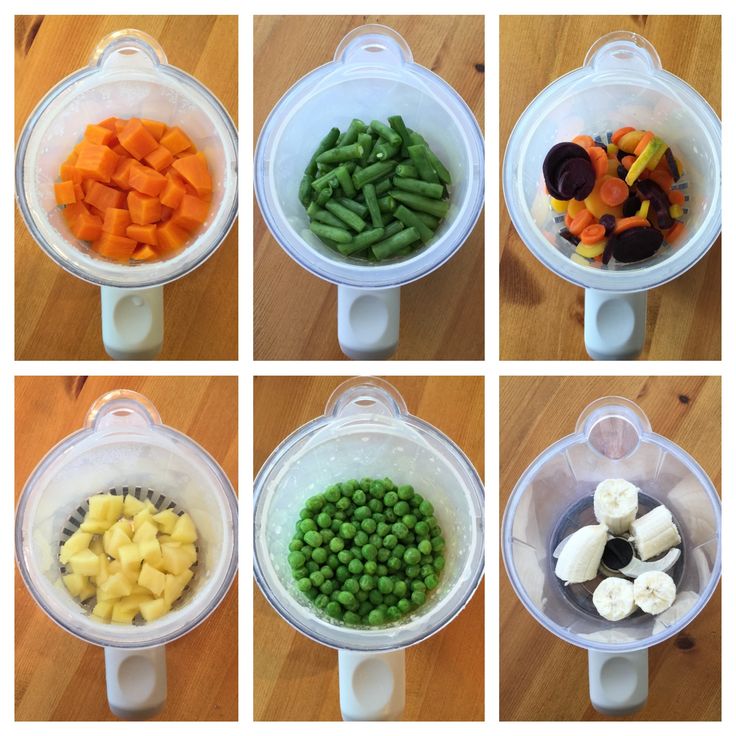
Alexandra Galliamova - winner of the regional stage of the national award "Business Success"; winner of the regional stage of the competition "Young Entrepreneur of Russia" in the nomination "Social Business".
- What is your profession? Is your specialty related to food production? If not, how did you manage to understand the issue, to study the intricacies of this business?
The university gave me my first profession - a manager in social and cultural services and tourism. There I studied the issues of service, quality, organization of processes and control. Then she was engaged in the organization of mass events and after that she entered the food industry. I must say that the change of activity was not easy for me, besides, everything was complicated by the fact that my daughter had not yet gone to kindergarten. I had to study a lot, attended many educational programs, read books, consulted with specialists, and eventually decided to launch.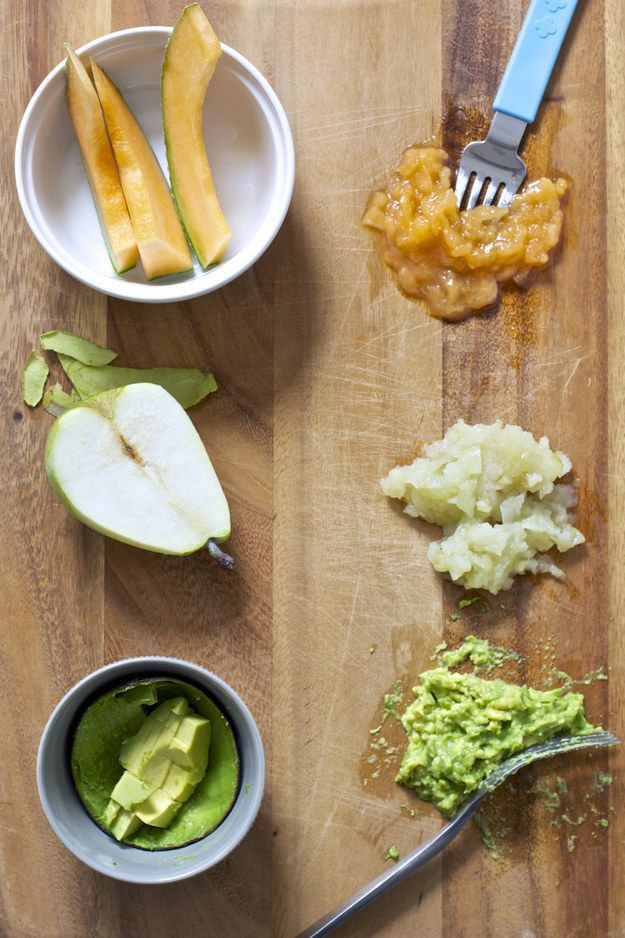
- Tell us about the stages of the project development. Where did you start and how did you move on? What difficulties did you encounter along the way?
I started by testing a business idea, to which I actively encourage many women who seek advice and support. I created a group on VK, an Instagram profile, the simplest landing page and started inviting people to evaluate my business idea, asking them to take a survey. And 90% of all the people I interviewed gave very positive feedback. And even at a time when the start of production was slightly delayed, mothers wrote to me daily demanding to start production as soon as possible and deliver the product to them. It was very nice!
After testing, I started looking for suppliers of raw materials, packaging, as well as companies that provide certification services, etc. The terms were very short, so I worked day and night. It was necessary to find really good contractors. For example, it was very difficult with suppliers of raw materials.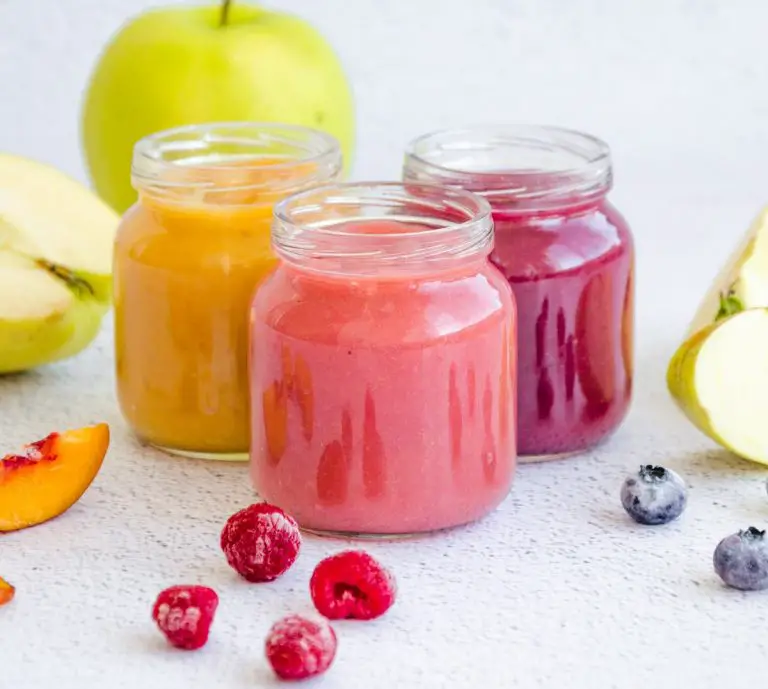 9 out of 10 firms could not submit the necessary documents for their products.
9 out of 10 firms could not submit the necessary documents for their products.
I also faced the problem of shortage of personnel, due to the fact that neither Chelyabinsk nor Miass produce baby food.
- How did the name "Smart Mom" come about? Now there are a lot of brands and just memes with different epithets for the word “mom” - an ideal mom, a lazy mom, a caring mom ... Why did you choose such a name for sets of vegetables?
This name was born as soon as the idea came up. I did not use any techniques to find the name, etc. By the way, there were not so many memes about moms then.
Everything is really simple. Only a smart mother knows what is really useful for her child, a smart mother cares about the health of not only her children, but also about her entire family and chooses only the most useful and high-quality products for them. Only a smart mother will appreciate all the advantages of the product, for example, the fact that frozen vegetables keep up to 90% of nutrients for a whole year, while a flabby carrot, lying until spring, does not retain even a quarter of its benefits.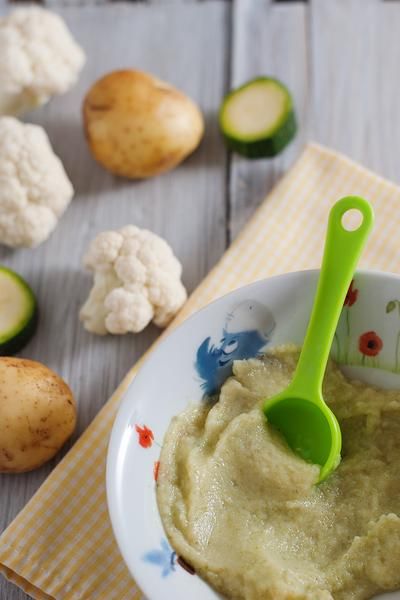
- In the field of food production, especially in baby food, there are very strict control standards. Tell us how you deal with it? Was it difficult to certify products?
Yes, this product was not easy to certify. This is because there is no concept of “frozen vegetables for children”, hence there are no certain standards and procedures for certification. Our employees and I had to work hard, study a lot of documents, SanPiN standards, etc., in order to understand how to convey our idea to regulatory authorities, go through all bureaucratic barriers and find an adequate solution. But we did it!
- Where do you get raw materials for production and how do you choose suppliers?
I am a mother myself, I know what the first complementary foods are, I know that many babies have problems with the tummy, I know that more and more babies suffer from allergies, more and more often the usual baby food does not meet our requirements .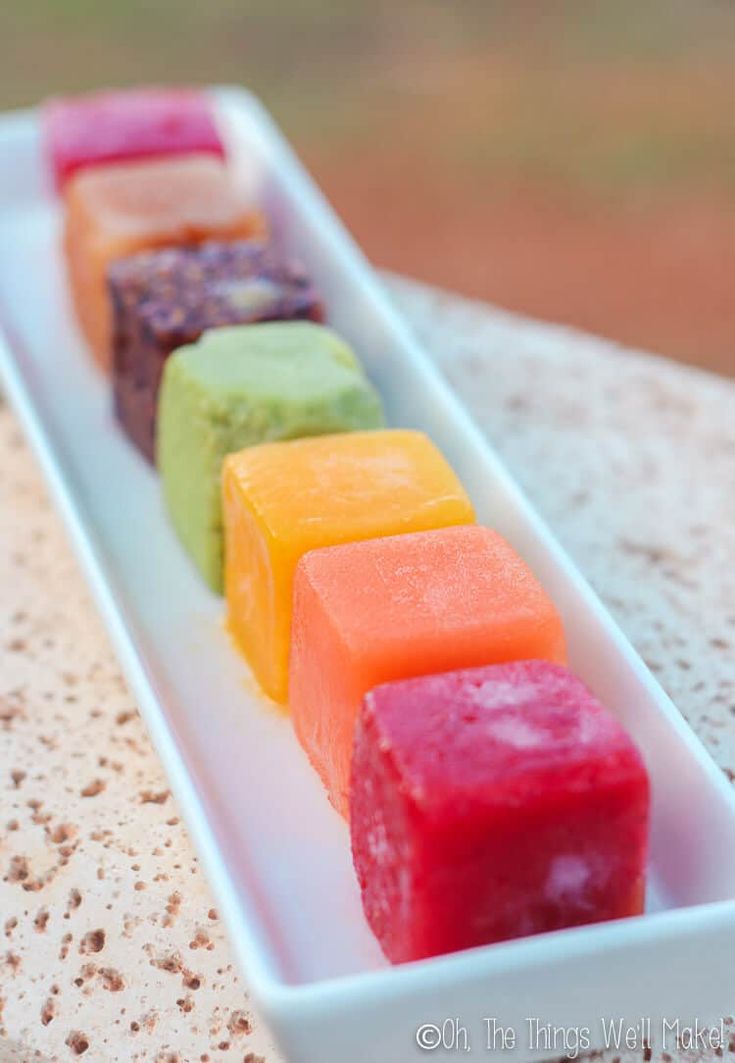 Therefore, the most important thing for the company and for me personally is the quality of the product that we produce. That is why we have multi-stage quality control. The very first thing is documents for incoming raw materials, among them there must be laboratory tests and certificates. An equally important aspect is the growth only in Russia. We believe in Russian products and Russian farmers. Just as importantly non-GMO! This is what we check first.
Therefore, the most important thing for the company and for me personally is the quality of the product that we produce. That is why we have multi-stage quality control. The very first thing is documents for incoming raw materials, among them there must be laboratory tests and certificates. An equally important aspect is the growth only in Russia. We believe in Russian products and Russian farmers. Just as importantly non-GMO! This is what we check first.
We always have an eco-tester with us when we receive raw materials. And even at the stage of acceptance we check compliance. Further, the raw materials are sent to a full-fledged accredited laboratory. During production, we weed out the unnecessary, once again we look at each piece. We also check the finished product for compliance with the standards.
- Tell us a little about what your product is? How is it fundamentally different from sets of frozen vegetables and fruits produced by other companies?
Our product is frozen vegetables or berries in a transparent container with a defrost indicator inside.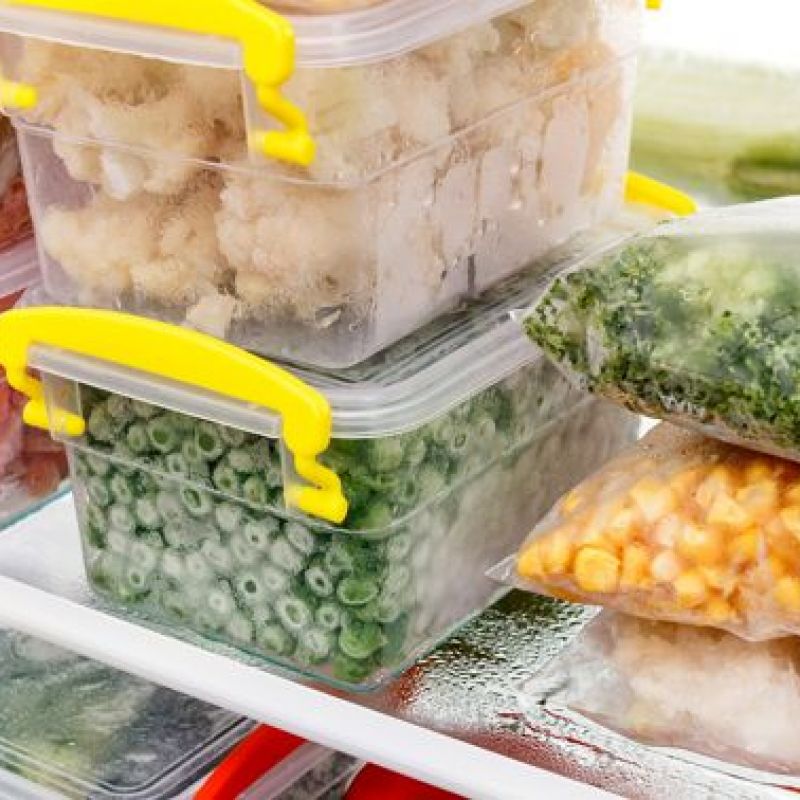 They are designed for self-preparation of fresh baby food, as well as for cooking meals for the whole family.
They are designed for self-preparation of fresh baby food, as well as for cooking meals for the whole family.
What is their fundamental difference from frozen vegetables on store shelves? They comply with the most stringent regulations in force in the baby food segment. Grown only in Russia. Grown only outdoors during the season, filled with bright summer sun and vitamins. They have a convenient transparent packaging so that you can see the quality of the product before buying.
Another very important advantage is the defrost indicator. Our unique development, no other manufacturer of frozen foods uses a similar element.
Many people know that the product, when re-frozen, loses about half of the nutrients, and our indicator shows whether the product has been defrosted. That is, before buying in the store, the mother can immediately assess the quality of the product. All this is done to ensure that only the most healthy and delicious products get on the table to the little gourmet.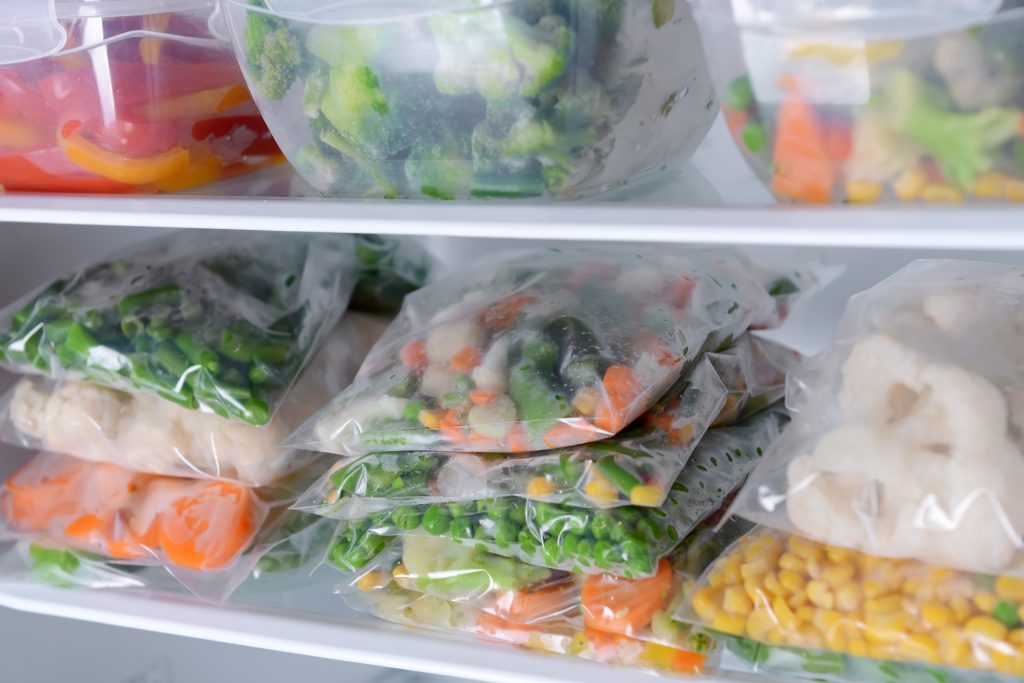
- What age group is your product for? What is included in the range?
Recommended for children 6 months and older. Also, of course, it can be used in cooking for the whole family, because tasty and healthy foods are useful at any age. The assortment now includes the most popular vegetables, two types of berries, as well as vegetable mixtures. Soon we plan to add sets with meat, turkey, rabbit, cereals, etc. to the line. In general, all the most delicious and healthy are for our beloved children.
Puree is easy to make: vegetables are poured into a steamer or a saucepan, boiled until cooked and then chopped with a blender. It turns out a very fragrant fresh puree. Many note that it is much tastier and more aromatic than canned baby puree.
- Has your daughter tried Smart Mom products?
As a family, we love Smart Mom products. As a manager, I know perfectly well how they were produced and where they grew, so I give preference only to products of my own production.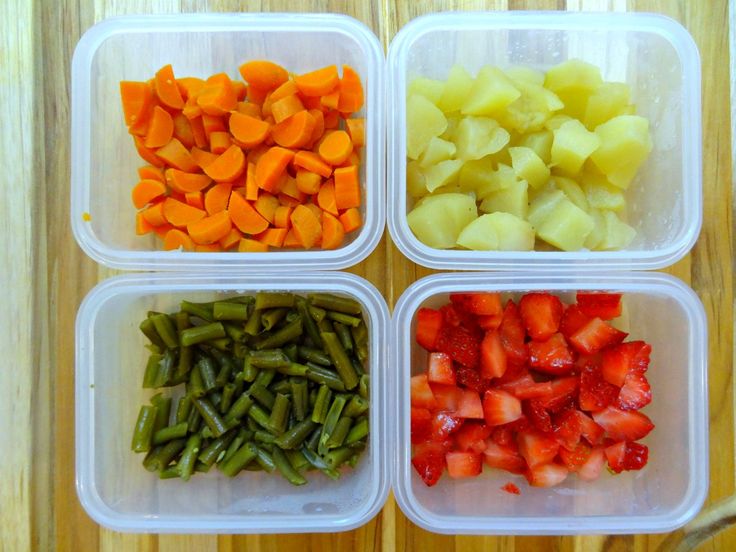 My daughter enjoys eating all the products in the range. He especially loves blueberries, he can eat them in a whole package without sugar and other sweeteners. She and I really love to cook together, and I regularly publish our signature recipes.
My daughter enjoys eating all the products in the range. He especially loves blueberries, he can eat them in a whole package without sugar and other sweeteners. She and I really love to cook together, and I regularly publish our signature recipes.
- Tell us a little about yourself. Do you have a determined personality? Can you name three positive qualities and three negative ones that you would like to get rid of?
I cannot say that I am very determined. After an idea comes up, I never fall head over heels, but always pause and consult with knowledgeable people. I get an opinion, I make a decision later. This is both good and bad, as some decisions need to be made quickly.
Positive qualities are, I think, creativity, the ability to inspire, purposefulness. I am madly in love with creating something new, thinking through, calculating, launching, assessing risks, etc.
The strongest negative quality is my “sprinter” type. "Sprinters" are people who, lighting up with an idea, do a lot in a short period of time, quickly achieve high results, leaving no energy for a long way to go.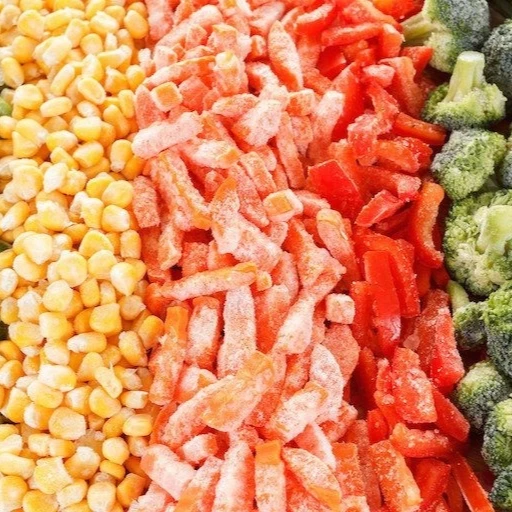 This quality both helps and hinders me. After a strong start, there comes a time of calm, when I gain energy and look for an ambitious goal for myself for a new breakthrough.
This quality both helps and hinders me. After a strong start, there comes a time of calm, when I gain energy and look for an ambitious goal for myself for a new breakthrough.
I cannot yet master this quality of mine and learn the art of taking small steps along a long road. I also think that I lack discipline.
- What qualities do you think a woman entrepreneur should have in Russia?
The very first thing is the grip. She must react quickly to the situation and take advantage of everything. To be able to maneuver with the dexterity of a juggler between home and work.
A woman is "domestic" by nature. Somewhere under the skin in us there is a program to preserve the family hearth and so on, but not all of this is enough. And on the contrary, realizing themselves in society, many women feel guilty for the fact that they devote themselves little to the house (husband, household, children, relatives, etc.). So, in order not to go crazy, you need to competently optimize all these important components, for example, by hiring a smart nanny or au pair.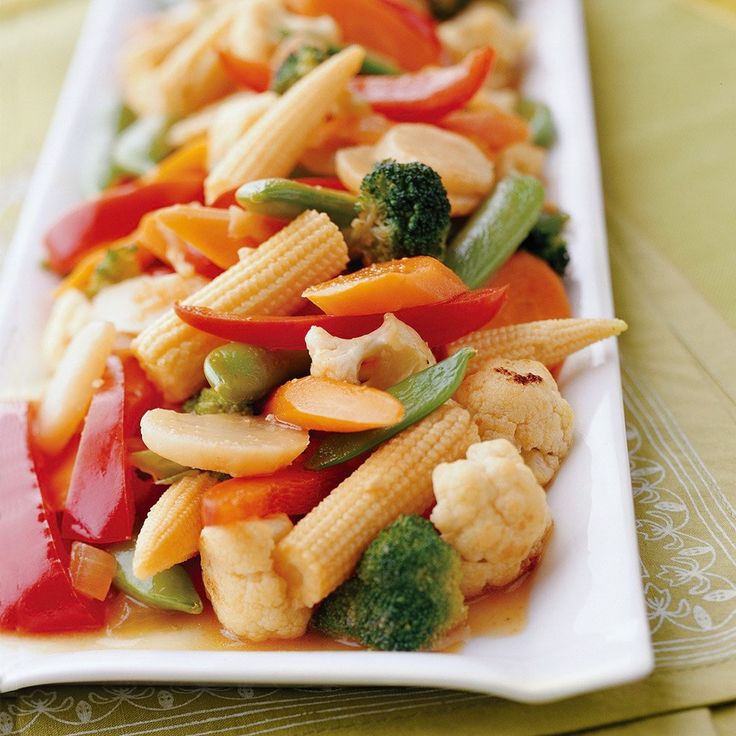 It is important to learn how to set up processes within the company so that after leaving home your phone is not torn by calls and you are absolutely free on weekends. This, of course, is aerobatics and I myself have not yet learned how to do it, but I am only at the beginning of the journey ...
It is important to learn how to set up processes within the company so that after leaving home your phone is not torn by calls and you are absolutely free on weekends. This, of course, is aerobatics and I myself have not yet learned how to do it, but I am only at the beginning of the journey ...
It is also very important not to lose faith in yourself! Just know that you will succeed! You are here, in this very place, and this "now" is the result of everything that happened to you and the beginning of everything that will happen to you. Your future depends on how you think and act now, how fast you develop. Therefore, believe in yourself, everything depends on you and your happiness is in your hands!
- What are your plans for the future of your project?
We plan to expand our product line, enter new retail chains in St. Petersburg and Moscow. We also plan to expand the sales area. According to the plan this year 4 more regions.
We are constantly looking for marketing, sales, production experts, managers, we invite mothers who want to become part of a big important project to cooperate. You can write to me in a personal, I will be glad to meet you!
You can write to me in a personal, I will be glad to meet you!
Frozen vegetables and baby food
Galia | 04/22/2015 | About products, Children nutrition | No comments
Frozen vegetables are a large group of products produced in different countries and by different companies.
Although Muscovites may remember that Polish frozen vegetables for soup were sold in Soviet times, however, frozen vegetables have become widespread in the last 10-15 years.
Information flashes that frozen vegetables retain all the beneficial properties and vitamins that are in fresh vegetables, and some people consider them "healthy food". (Although I haven't read any serious research on this topic.)
About the freezing process.
Many fruits and vegetables are 90% or more water. We love juicy and ripe fruits, and it is well known that fruits dry out and wither during storage.
When frozen, the water in the cells freezes, ice crystals lead to cell wall rupture, and as a result, fruits after thawing are much softer than unfrozen ones.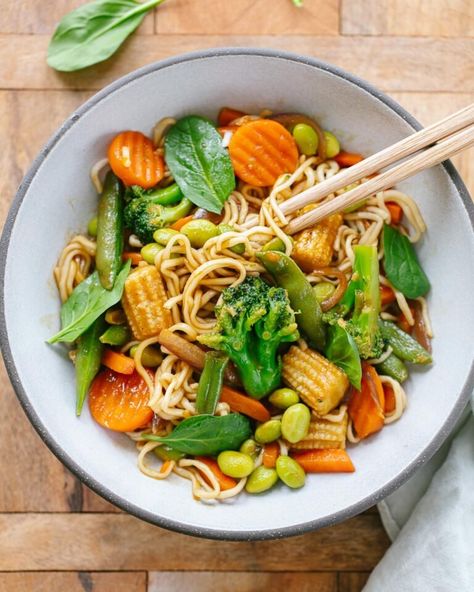 This is especially noticeable in the case of berries and fruits, which we usually eat raw. The same thing happens with vegetables, but many people eat them stewed, heavily boiled, so the differences in the structure of frozen vegetables from their fresh counterparts go unnoticed.
This is especially noticeable in the case of berries and fruits, which we usually eat raw. The same thing happens with vegetables, but many people eat them stewed, heavily boiled, so the differences in the structure of frozen vegetables from their fresh counterparts go unnoticed.
Sometimes when frozen, a frost burn occurs when ice crystals appear on the surface of vegetables, glaciation, spots may appear. In this case, excess moisture loss occurs and vegetables become dry and hard, and may acquire various flavors. Such defects are more common in vegetables that are sold by weight, without packaging, but they are cheaper.
(You can read about this in the book "Shelf Life of Food Products. Calculation and Testing", edited by R. Stele).
When we buy fresh vegetables, we can evaluate their quality by external signs. And when we buy ice cream, most often not.
Problems of frozen vegetables
- The quality of the raw materials - from which they are frozen - matters. After all, vegetables can also be contaminated with chemicals, fertilizers.
After all, vegetables can also be contaminated with chemicals, fertilizers.
- For frozen vegetables, maintaining the cold chain during transport is very important.
(You need to understand that the products are imported. Before they get to the stores, they will go through several warehouses and refrigerators. At the same time, vegetables can be frozen / thawed, which leads to a loss of vitamins and the structure of vegetables, but since they are frozen, it is difficult to recognize this) . But this is usually revealed during cooking - vegetables are tasteless, lose their structure.
- Frozen vegetables that are sold by weight are usually cheaper, but their quality is worse. One of the reasons is a large loss of moisture.
It is not surprising that in the harsh Russian climate and the limited choice of vegetables in winter, frozen vegetables have conquered the refrigerators of some buyers. Some young mothers prepare complementary foods and food for babies from frozen vegetables.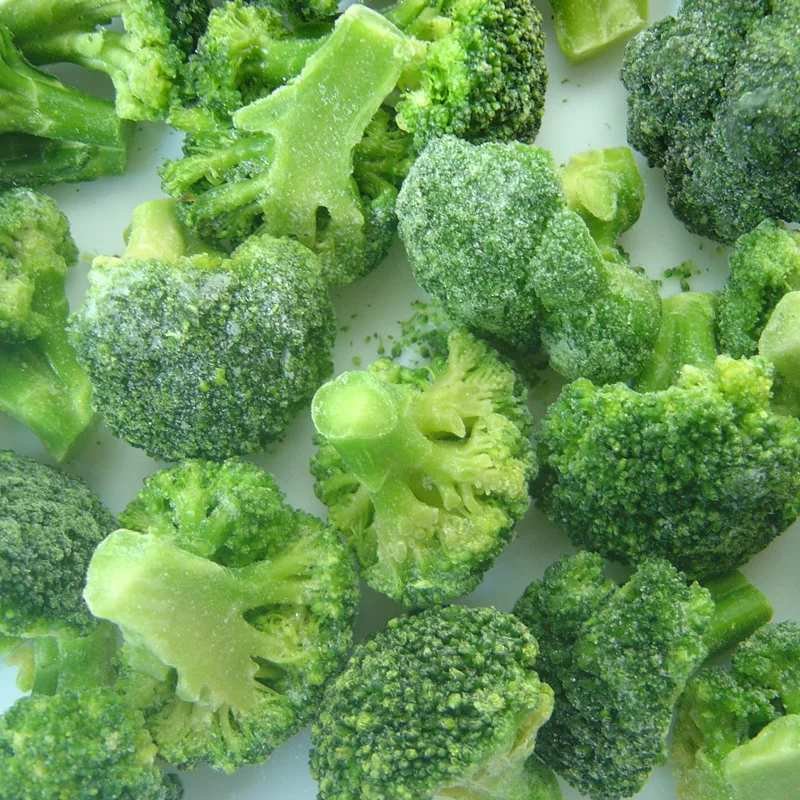
Attention mothers!
No research has been done on frozen vegetables or vendors by the Institute of Nutrition or the Institute of Pediatrics and there is no recommendation. Therefore, pediatricians, pediatric allergists are guided by their own practice and common sense.
No company freezes vegetables specifically for baby food. Otherwise it would be widely advertised. After all, the standards for baby food are very strict.
If you want to use frozen vegetables for feeding, then it is best to freeze your products at home, of course, if you are sure of its purity (your garden is in an ecologically clean place).
To start complementary foods when the amount of vegetables is small, it is better to use canned food. There are many manufacturers of baby food, both foreign and Russian, whose products have been certified, which cannot be said about frozen vegetables from the store. Your pediatrician or allergist may be able to recommend a specific brand based on their own experience.

